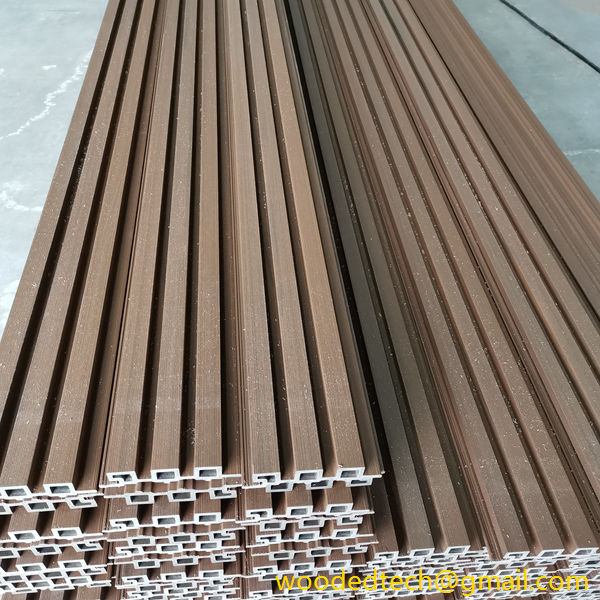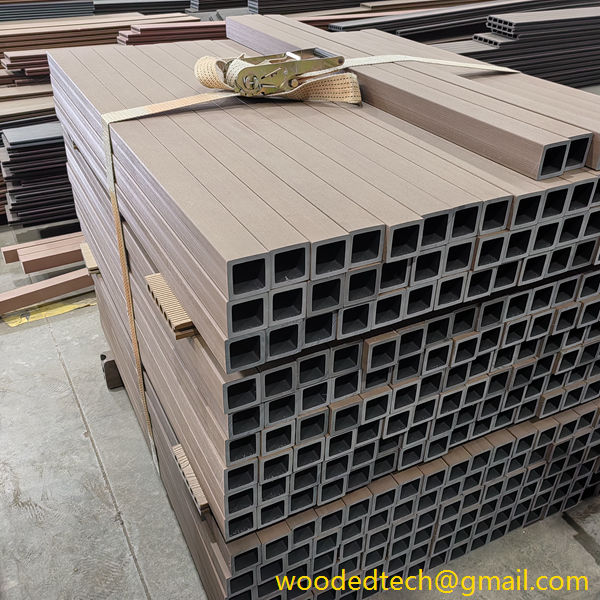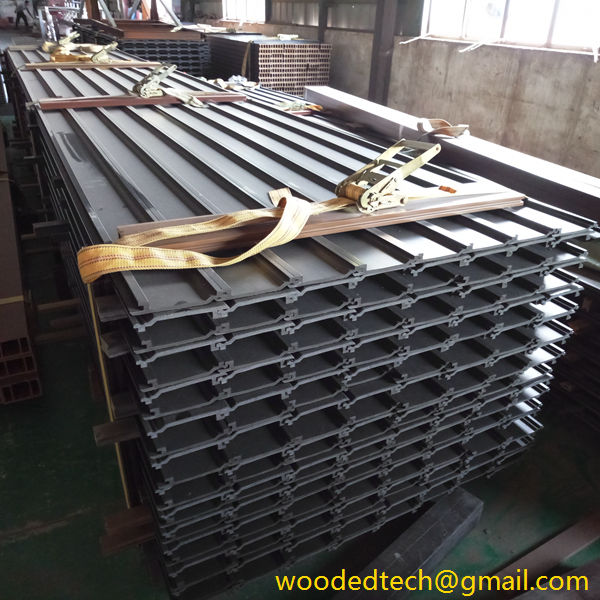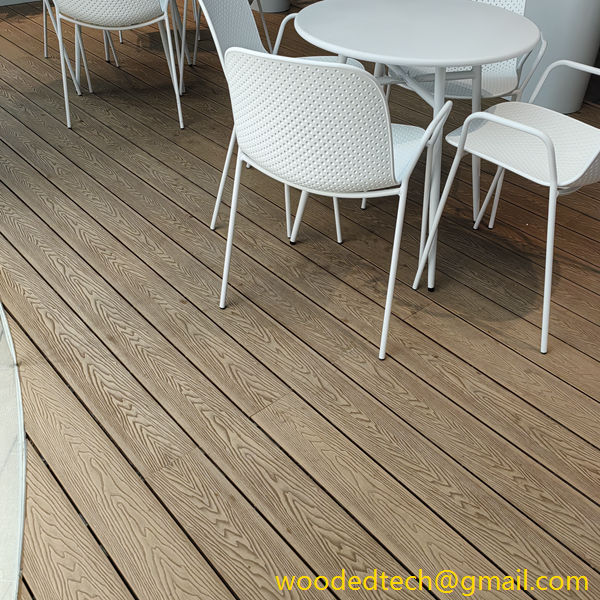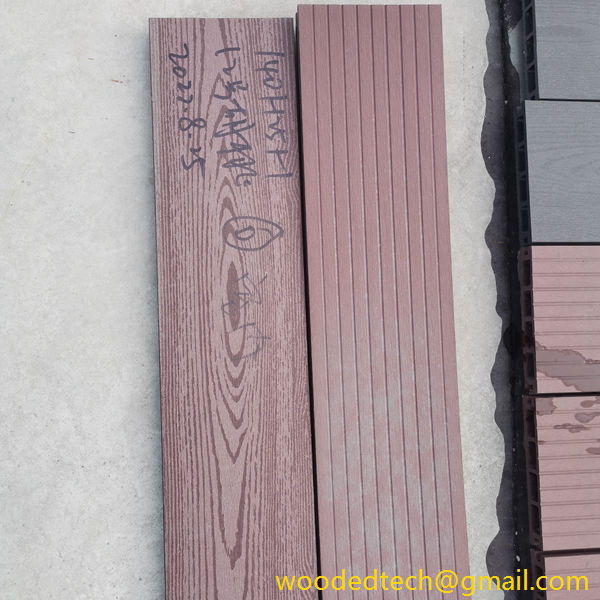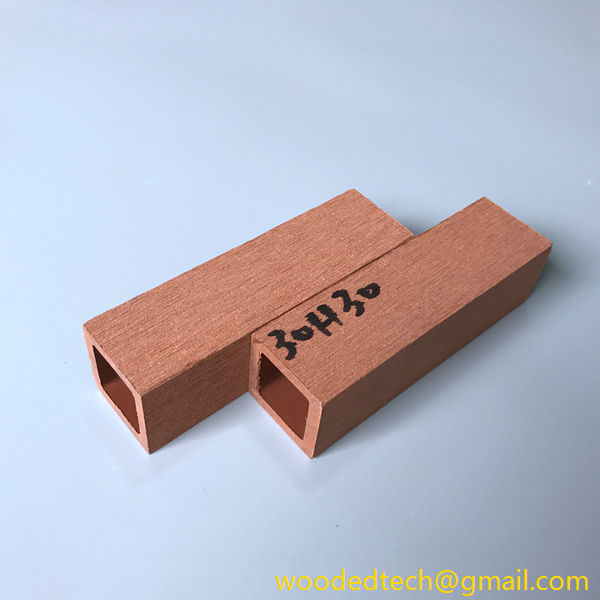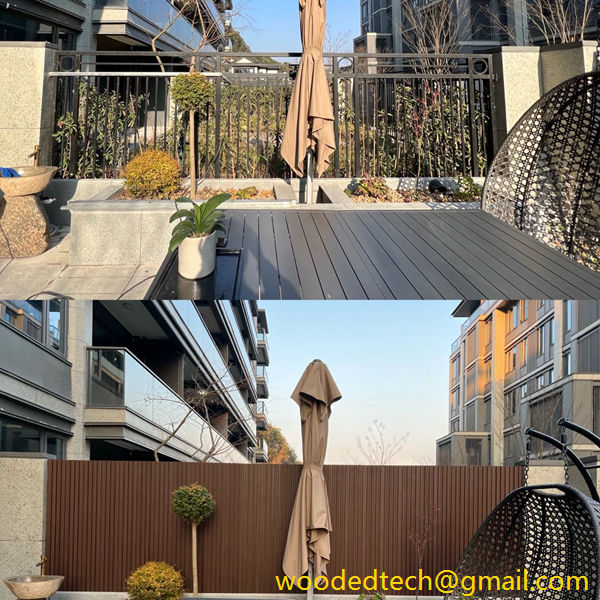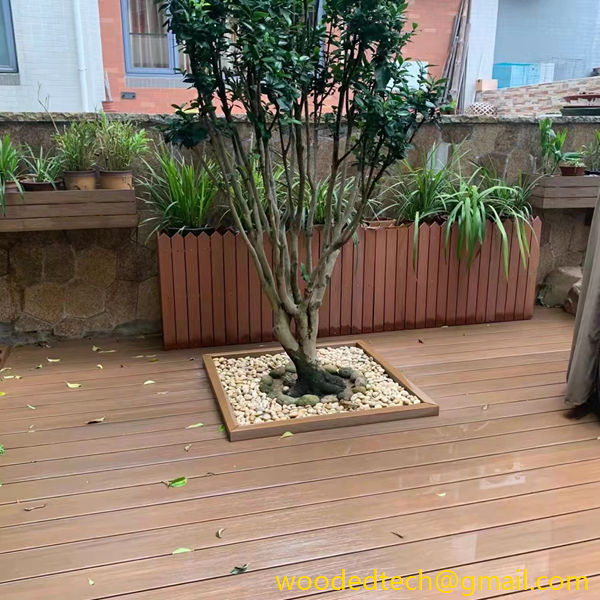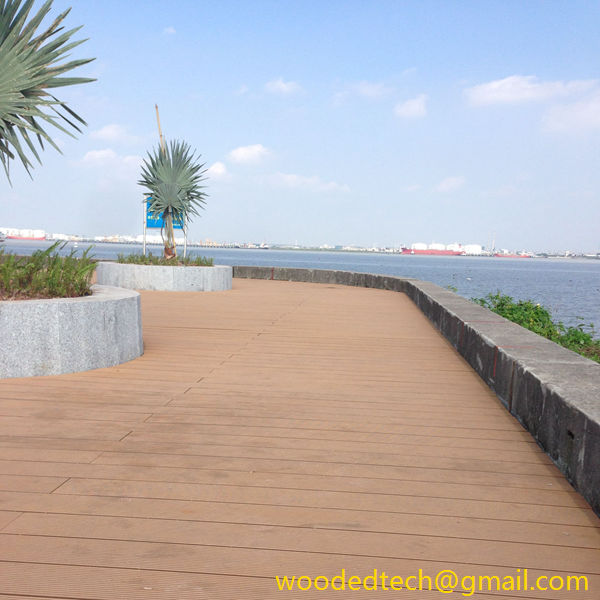Understanding Plastic Wood Planks Prices to Plan Your Budget-Friendly Home Improvement Projects
Understanding Plastic Wood Planks Prices to Plan Your Budget-Friendly Home Improvement Projects When it comes to home improvement projects, planning and budgeting are crucial components to ensure that the work is completed efficiently and within financial limits. One material that has gained significant popularity among homeowners and contractors alike is plastic wood planks. These innovative…
Understanding Plastic Wood Planks Prices to Plan Your Budget-Friendly Home Improvement Projects
When it comes to home improvement projects, planning and budgeting are crucial components to ensure that the work is completed efficiently and within financial limits. One material that has gained significant popularity among homeowners and contractors alike is plastic wood planks. These innovative materials offer a sustainable alternative to traditional wood, providing durability and resilience in various applications. This article delves into understanding the prices associated with plastic wood planks, helping you make informed decisions for your home improvement projects.
Plastic wood planks, often referred to as composite lumber, are manufactured from a mixture of recycled plastic and wood fibers. This unique composition gives them the appearance of natural wood while enhancing their performance and longevity. Unlike traditional wood, plastic wood planks are resistant to rot, warping, and insect damage, making them an ideal choice for outdoor projects such as decking, fencing, and landscaping. Additionally, they require less maintenance and are easier to clean, further contributing to their appeal.
When planning a home improvement project, understanding the cost factors associated with plastic wood planks is essential. The price of plastic wood planks can vary considerably based on several key factors, including the type of material, brand, size, and intended use. Typically, prices can range from two to five dollars per linear foot, but this can fluctuate based on market trends and the specific characteristics of the product.
One of the primary factors influencing the price of plastic wood planks is the type of material used in their production. There are two main categories of composite lumber: hollow and solid. Hollow planks are generally lighter and more affordable, making them an attractive option for budget-conscious homeowners. However, solid plastic wood planks offer enhanced durability and strength, which may justify the higher price for certain applications. Evaluating your project’s needs will help you determine which type of plank best suits your budget and requirements.
Brand reputation also plays a significant role in pricing. Established brands with a history of producing high-quality products may charge a premium for their planks. While it is tempting to go for the cheapest option available, investing in a reputable brand can lead to long-term savings by reducing the likelihood of repairs or replacements. Researching various brands and reading customer reviews can provide valuable insights into the quality and performance of different plastic wood planks.
Size is another critical aspect that influences pricing. Plastic wood planks come in various lengths, widths, and thicknesses, and larger or thicker planks will typically cost more. When planning your budget, it is essential to consider the dimensions you require for your project and how that will impact overall material costs. Measuring accurately and calculating the total linear footage needed will help you avoid overspending on unnecessary materials.
The intended use of the plastic wood planks can also affect pricing. For example, planks designed for structural applications, such as decking, may undergo additional manufacturing processes to enhance their strength and load-bearing capabilities. These specialized products may come at a premium compared to standard planks intended for decorative purposes. Therefore, it is essential to align your project goals with the appropriate type of plastic wood planks to ensure you are not overspending on features you do not need.
In addition to the cost of the planks themselves, it is vital to factor in other expenses associated with your home improvement project. Installation costs can vary based on the complexity of the project and whether you plan to do it yourself or hire a professional. If you choose to tackle the project independently, consider the tools and materials you will need for installation, as these can add to your overall budget. On the other hand, hiring a contractor may provide peace of mind and ensure a high-quality finish, but it will also increase your expenses.
To maximize your budget, consider shopping during sales or exploring options for bulk purchasing. Many suppliers offer discounts for larger orders, which can significantly reduce the overall cost. Additionally, keeping an eye on seasonal promotions or clearance sales can lead to substantial savings on plastic wood planks.
In conclusion, understanding plastic wood planks prices is essential for planning your budget-friendly home improvement projects. By considering factors such as material type, brand reputation, size, and intended use, you can make informed decisions that align with your project goals and budget. While plastic wood planks may come with a higher initial investment compared to traditional wood, their long-lasting performance and low maintenance requirements often result in cost savings over time. With careful planning and research, you can successfully incorporate plastic wood planks into your home improvement endeavors, enhancing both the aesthetics and functionality of your living spaces.

